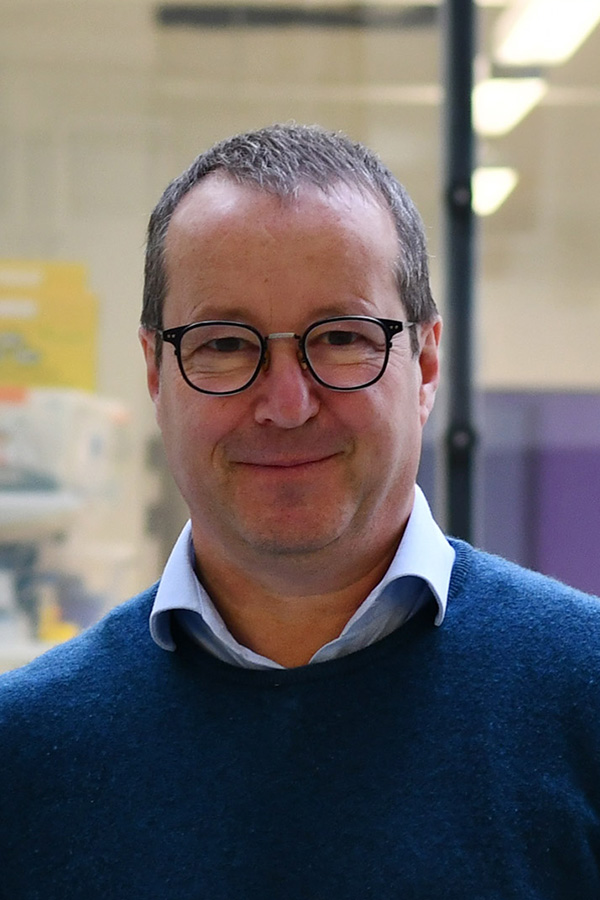Dynamic organization and function of synapses
Our team is a federation of complementary principal investigators united by a common ambition: to decipher the fundamental principles governing synaptic organization, signaling, and plasticity. We combine interdisciplinary expertise in neuroscience, physics, chemistry, and cell biology to unravel how molecular assemblies within the synapse control information processing in the brain, in both health and disease.
Our research encompasses a wide spectrum of approaches and topics, reflecting the diversity and synergy of our group:
- Daniel Choquet leads efforts to elucidate the nanoscale dynamics and trafficking of AMPA-type glutamate receptors (AMPARs), investigating how their mobility, interactions with auxiliary proteins, and organization at the synapse regulate synaptic plasticity, learning, and memory. His work leverages advanced imaging, molecular engineering, and electrophysiological approaches to link receptor organization to higher brain functions and disorders.
- Matthieu Sainlos develops innovative chemical biology tools and engineered proteins to probe and manipulate synaptic molecules. His group pioneers the design of highly specific probes, biosensors, and protein-based actuators to dissect protein-protein interactions and signaling pathways at the synapse, opening new avenues to study and control synaptic function at the molecular level.
- Eric Hosy explores the nanoscale physiology of excitatory synapses using cutting-edge super-resolution imaging and single-molecule tracking techniques. His research focuses on the dynamic organization of key synaptic components—including AMPARs, NMDARs, and associated scaffolding proteins—and how their spatial and temporal regulation shapes synaptic efficacy, plasticity, and network adaptation.
- Anna Brachet investigates the molecular and biophysical mechanisms that govern cytoskeletal architecture and membrane organization in neurons and astrocytes. She examines how cytoskeletal elements, such as spectrins and actin, and their interaction partners control the structure, stability, and mechano-transduction properties of dendritic spines, with important implications for synaptic signaling and brain development.
Our collective work ranges from the fundamental understanding of synaptic nano-architecture and receptor dynamics, to the development of new molecular tools, and the study of synaptic dysfunctions in neurodevelopmental and neuropsychiatric disorders. Together, we aim to provide an integrated view of how synapses operate and adapt, fostering innovation through our collaborative and interdisciplinary environment.
Techniques
- Super-resolution microscopy (e.g., SMLM, STED, U-PAINT, DNA-PAINT)
- Light sheet fluorescence microscopy (LSFM, LLSM)
- In vivo and ex vivo gene transfer
- Electrophysiology (patch-clamp recordings in brain slices)
- Protein engineering and chemical biology
- Single-molecule tracking in neurons
- Optogenetics and photoswitchable tools
- Biochemistry and molecular biology
- Advanced image analysis and computational modeling
Keywords
- Synaptic biology
- Glutamate receptors
- Synaptic plasticity
- AMPA receptor trafficking
- Spectrin biology
- PDZ domain proteins
- Nanoscale imaging
- Super-resolution microscopy
- Protein engineering
- Neurodevelopmental disorders
- Single-molecule tracking
- Optogenetics
- Electrophysiology
Selected publications
- Team leader
- Researcher(s), Hospital practitioner(s)...
- Anna Brachet (Researcher)
- Eric Hosy (Researcher)
- Matthieu Sainlos (Researcher)
- Engineer(s), technician(s)
- Pauline Belzanne
- Christelle Breillat
- Nicolas Chevrier
- Sophie Daburon
- Post-doctoral fellow(s)
- Attila Ignacz
- Daniele Stajano

